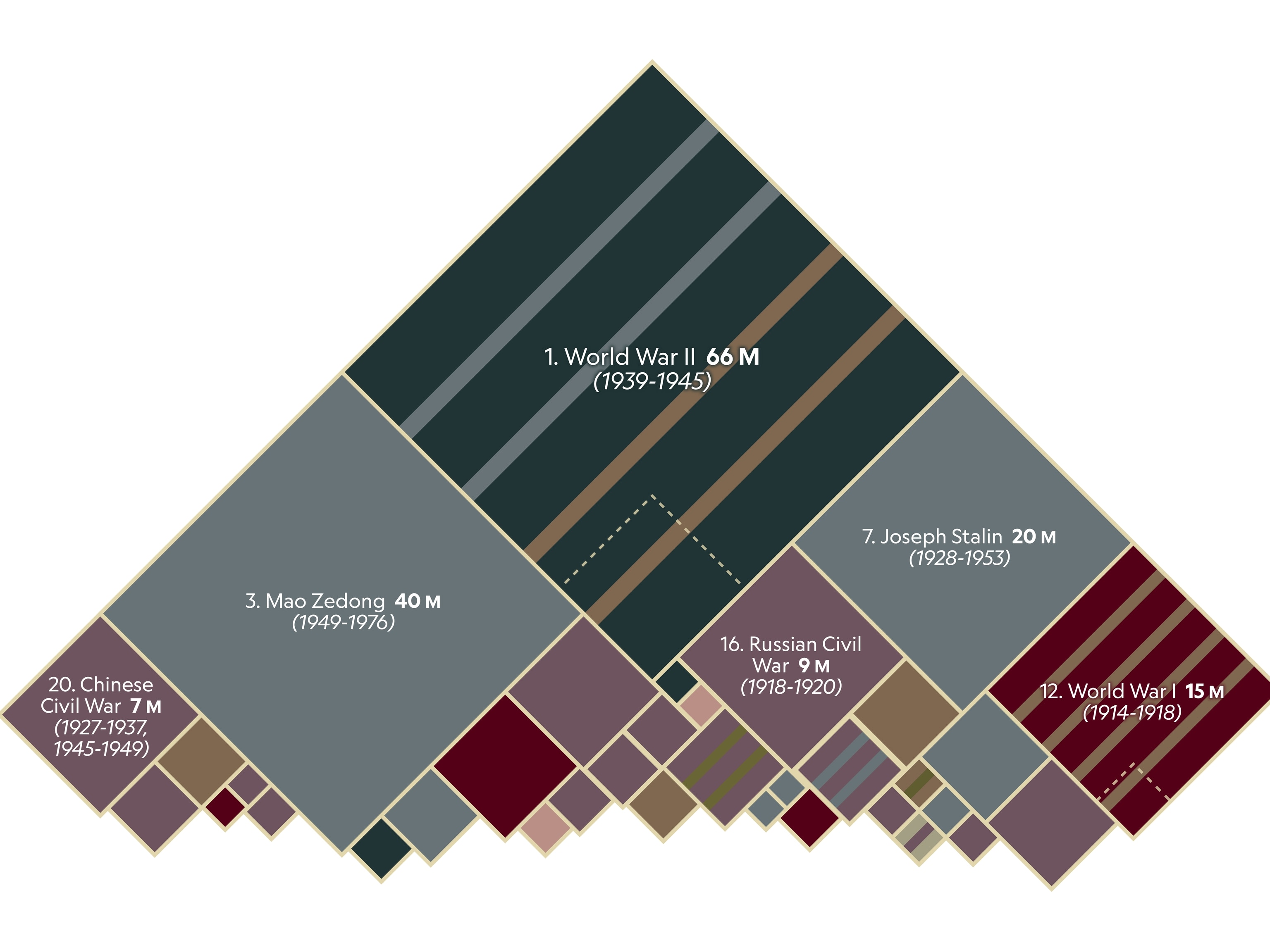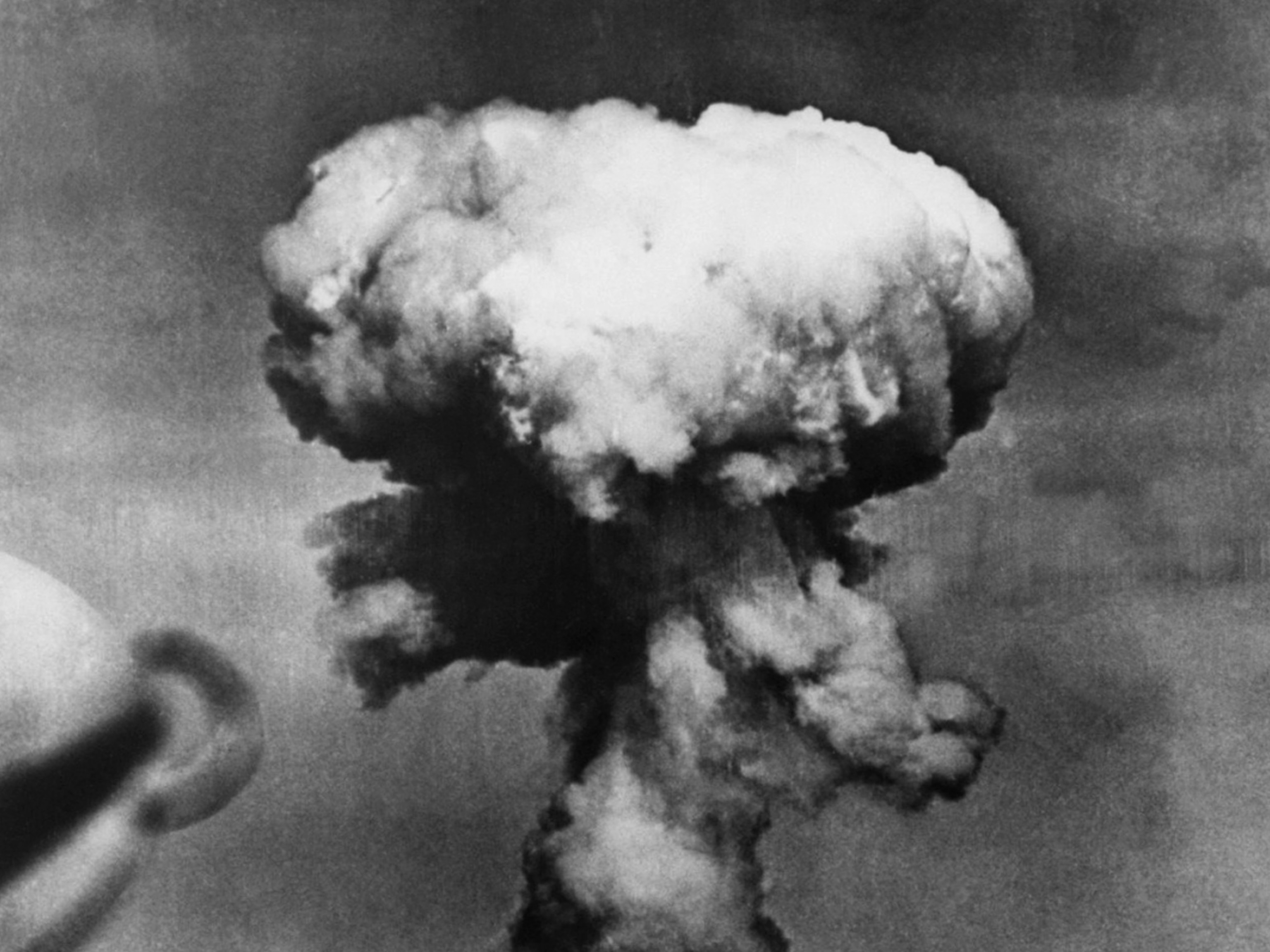‘We were in striped pajamas, lice infested. But we were polite, spoke the truth, and discussed what the world should be like.’
Frederick Terna, Holocaust survivor, Czechoslovakia

Soon after Frederick Terna arrived at Terezín, a Nazi concentration camp, in 1943, he began sketching. He drew triple-level bunk beds, lines of people awaiting meager food rations, and the railroad tracks that transported prisoners to Auschwitz. He signed some sketches with a symbol so they couldn’t be traced back to him. Drawing, he found, was a reminder of his humanity.
Terna was 16 years old when German troops marched into Prague, his hometown, in 1939. When American soldiers liberated him six years later, he says, he was “one of those shuffling skeletons.” He had been held in four concentration camps and had starved, escaped, been caught, and frozen nearly to death. He returned to Prague and learned that no one else in his immediate family had survived the war.
Terna married a fellow camp survivor and eventually ended up in New York, where he became a full-time artist. Now, at 96, he still paints and lectures. In the top floor studio of his Brooklyn home, he mixes dry pigments into acrylic paint. “It’s my stab at immortality,” he says of the medium. Terna’s canvases, thick with texture and fiery scenes, line the hallways. “We have left a record. My record is visual.”
Nearly 40 years after the war, Terna discovered someone had saved his drawings from Terezín and taken them to Israel. “We didn’t know then that I was actually making historical documents.” Like the number tattooed on his arm—114974—they were evidence of what happened to him and six million other Jews who perished in the Holocaust. “Yes, our families are gone, but their memory is kept alive,” he says. “It’s my obligation—and, in a way, it’s now yours, to remind the world.”
Related Topics
Go Further
Animals
- Octopuses have a lot of secrets. Can you guess 8 of them?
- Animals
- Feature
Octopuses have a lot of secrets. Can you guess 8 of them? - This biologist and her rescue dog help protect bears in the AndesThis biologist and her rescue dog help protect bears in the Andes
- An octopus invited this writer into her tank—and her secret worldAn octopus invited this writer into her tank—and her secret world
- Peace-loving bonobos are more aggressive than we thoughtPeace-loving bonobos are more aggressive than we thought
Environment
- This ancient society tried to stop El Niño—with child sacrificeThis ancient society tried to stop El Niño—with child sacrifice
- U.S. plans to clean its drinking water. What does that mean?U.S. plans to clean its drinking water. What does that mean?
- Food systems: supporting the triangle of food security, Video Story
- Paid Content
Food systems: supporting the triangle of food security - Will we ever solve the mystery of the Mima mounds?Will we ever solve the mystery of the Mima mounds?
- Are synthetic diamonds really better for the planet?Are synthetic diamonds really better for the planet?
- This year's cherry blossom peak bloom was a warning signThis year's cherry blossom peak bloom was a warning sign
History & Culture
- Strange clues in a Maya temple reveal a fiery political dramaStrange clues in a Maya temple reveal a fiery political drama
- How technology is revealing secrets in these ancient scrollsHow technology is revealing secrets in these ancient scrolls
- Pilgrimages aren’t just spiritual anymore. They’re a workout.Pilgrimages aren’t just spiritual anymore. They’re a workout.
- This ancient society tried to stop El Niño—with child sacrificeThis ancient society tried to stop El Niño—with child sacrifice
- This ancient cure was just revived in a lab. Does it work?This ancient cure was just revived in a lab. Does it work?
- See how ancient Indigenous artists left their markSee how ancient Indigenous artists left their mark
Science
- This 80-foot-long sea monster was the killer whale of its timeThis 80-foot-long sea monster was the killer whale of its time
- Every 80 years, this star appears in the sky—and it’s almost timeEvery 80 years, this star appears in the sky—and it’s almost time
- How do you create your own ‘Blue Zone’? Here are 6 tipsHow do you create your own ‘Blue Zone’? Here are 6 tips
- Why outdoor adventure is important for women as they ageWhy outdoor adventure is important for women as they age
Travel
- Slow-roasted meats and fluffy dumplings in the Czech capitalSlow-roasted meats and fluffy dumplings in the Czech capital
- Want to travel like a local? Sleep in a Mongolian yurt or an Amish farmhouseWant to travel like a local? Sleep in a Mongolian yurt or an Amish farmhouse
- Sharing culinary traditions in the orchard-filled highlands of JordanSharing culinary traditions in the orchard-filled highlands of Jordan



